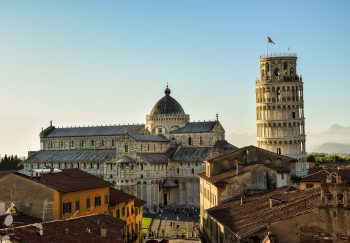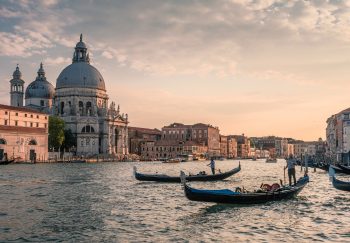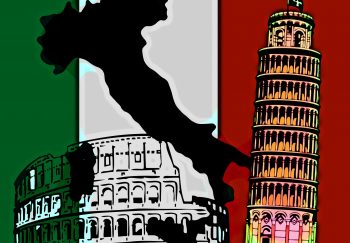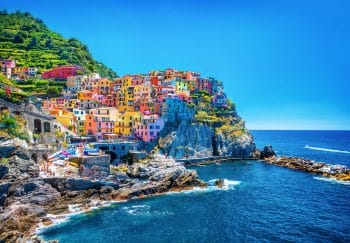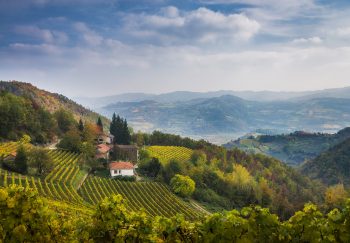Bagheria, or Baaria in sicilian, is a populous Palermo town. It is famous for its beautiful historical villas and its 18th-century buildings. Also, it’s home to many movies, such as Baaria by Giuseppe Tornatore and The Wedding Director by Marco Bellocchio. It is also where Renato was born. It was also where Dacia Maraini, a writer, lived as a child.
The Villas of Bagheria are here
VILLA PAALAGONIA Villa Palagonia, also known as Villa of the Monsters is one of the most prominent historical residences in the town. It was designed by great architects and became the destination for the Grand Tour Travellers.
The walls of the building are covered with bizarre statues depicting anthropomorphous creatures, ugly monsters, scary animals, dragons, snakes, and knights.
Francesco Ferdinando Gravina, VII prince of Palagonia and Alliata are rumoured to have chosen this style of decoration to hide his extreme ugliness. But this is more likely due to the eighteenth century’s taste for the bizarre and horrendous. The villa is entered through an arch flanked with statues of warriors. It is remarkable to see the amazing double flight of stairs beneath the elegant Family’s coat-of-arms. The Room of the mirrors is also important. It has marble-paneled walls and marble reliefs that represent the rulers of Europe.
Villa Palagonia, ph Erik Skramstad/ Wonders of Sicily
The vault is decorated with mirrors, paintings and photographs of fantastic birds, fruits and flowers. Other rooms have mythological themes and are frescoed.
Villa Palagonia in Wonders of Sicily
VILLA VALGUARNERA
After walking about 100 meters, you will see Villa Valguarnera’s beauty from the top of your head. The main building is two stories high and has a number of windows that are real or fake. It moves in a very playful and serious rhythm. Two wings radiate from the central body and form a perfect semicircle.” (Dacia Maraini in Bagheria).
Villa Valguarnera ph P. Maggini https://it.pinterest.com/visitsicilyOP/
Villa Valguarnera, which belonged to the princes Alliata and Villafranca, is a stunning work of art from the Eighteenth Century. Its design reveals clear esoteric influences. The same shape was designed as a symbol route from earth to heaven with a special emphasis on the high ground called “montagnola” from which you can have a spectacular view of Bagheria.
After passing the massive iron gate supported by two Aspra stone pillars, we will be on the long path that leads to the house. The large oval hall was designed by Vaccarini and decorated with frescoes, paintings, and photographs that depict the famous ancestors from the Alliata family.
Prince Francesco was one of the owners. He was also the founder of the Panaria Film. He was awarded the Robert De Niro as well as Martin Scorsese.
The villa was recently Dolce & Gabbana spot-set, directed by Giuseppe Tornatore andmusic by Ennio Murricone, starring Sophia Loren.
It is a unique site that is very impressive. Not only because of its beauty and the harmony it conveys, but also because you feel like you are in an important part the Italian cultural history.
VILLA CATTOLICA
The 1736 villa was built at the request of Francesco Bonanno. It has a unique style that resembles a castle with a quadrangular foundation.
Villa Cattolica – ph Dario Di Vincenzo
Its unique feature is the “Room of Sirocco“, an artificial cave that was built beneath the noble home to provide refuge from the south wind blowing from Africa.
It contains many important works of the neorealist painter Renato. He was born in Bagheria in 1911 and these represent his artistic output from the very beginning of his career to the end of his life.
There are “Paratrooper”, the “Prickly pear” great “Women come to the room” and “Women Rooms, Objects”.
The garden also contains the artist’s grave, which was created by Giacomo Manzu.
The Museo Renato Guttuso was established in 1990. It now displays valuable works from contemporary masters like Carlo Levi, Corrado, Cagli, Carla Accardi Antonio Sanfilippo and Salatore Scarpitta.
Museo Guttuso – ph Dario Di Vincenzo
This villa is a must-see art treasure trove.
PALAZZO BUTERA
This is the oldest Bagheria mansion. It was built by Giuseppe Branciforte who was the prince of Pietraperzia, Leonforte and lost all hope of obtaining the throne in Sicily. He decided to retire to Bagheria.
It was built as a castle, with two towers that supported the courtyards. The entrance door displays the sentimental words “O Corte a Dio”
A rich gallery of pictures that includes, among others, maps of the vast holdings of the powerful Branciforte Dynasty: Butera and Mazzarino as well as Grammichele, Militello, and many other.
Its halls are rich with frescos and precious crystal chandeliers. They evoke a time when knights & ladies danced in rustling, taffeta dresses during aristocratic parties as shown in ” The Leopard” by Luchino Viconti.
The terraces with their wrought iron railings, and antique tiles are well preserved. On July 14, enjoy the fireworks show at the Feast Santa Rosalia.
PIETRO PIRAINO’S WAX MUSEUM AND TOY MUSEUM
The Toy and Wax Museum is located in Bagheria. Here you can go back to the time when you played with old mechanical toys and porcelain dolls. You can also visit stalls selling sweets and toys during festivals, particularly during religious and profane celebrations. TridAdvisor
